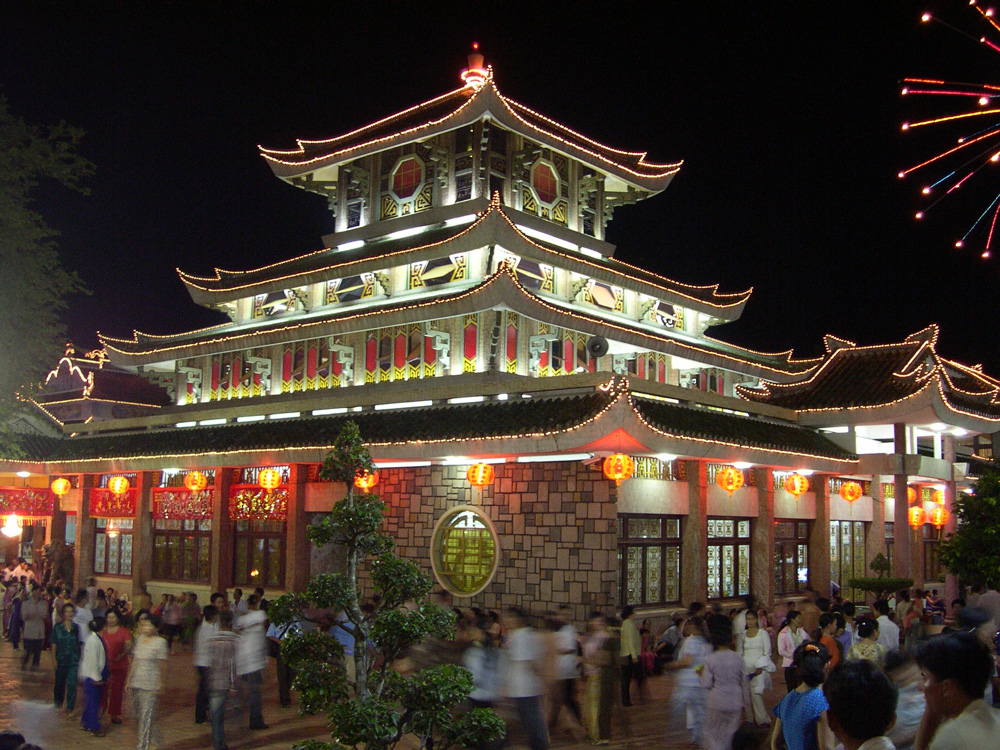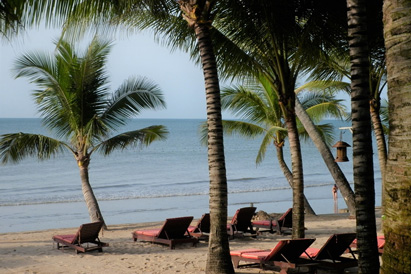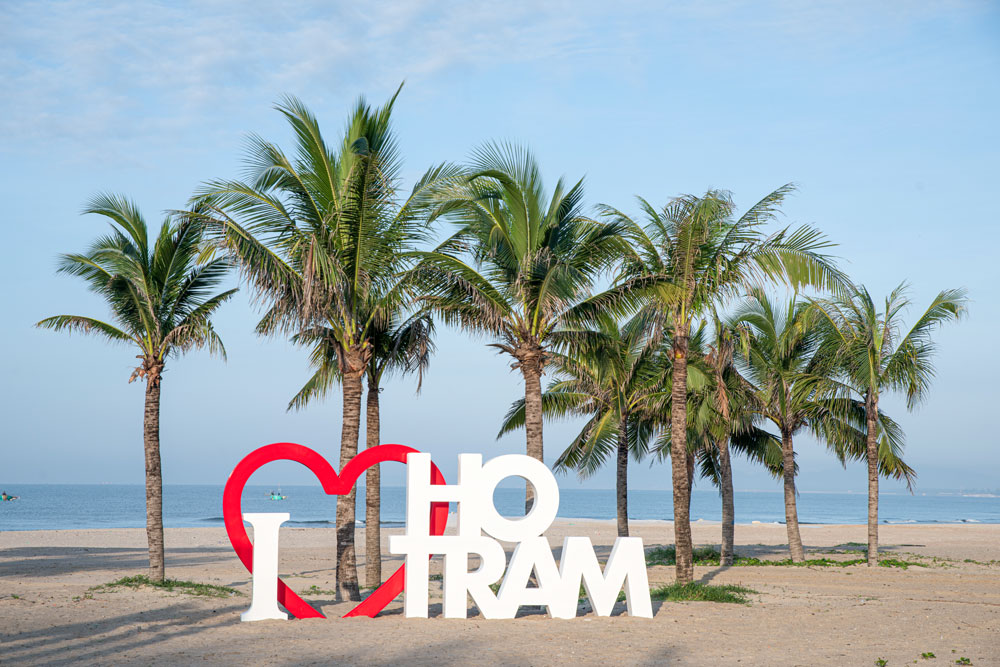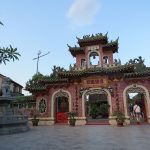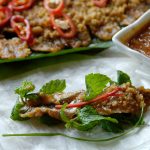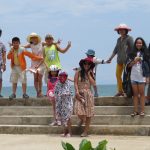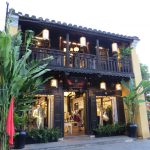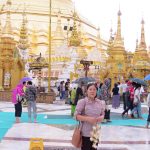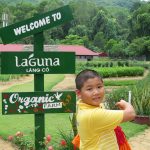Summer is the best time to explore magnificent Lang Co Bay in Central Vietnam, one of the most beautiful bays in the world.
I woke early in the morning after a good night’s sleep on a soft and smooth bed. It took me a few seconds before I remembered I was staying at a resort on the beach in central Thua Thien Hue province. The peace and quiet were very much welcome after the noise of HCMC. I got out of bed and opened my villa. Wow! An expanse of sea filled my field of vision while the sound of waves and bird song in the garden welcomed the new day. My two children were so excited they ran hurriedly to the beach in bare feet, where they swam and joked around while we sat on the sand and enjoyed the dawn.

There are many summer activities for the family at the resort we stayed in – Banyan Tree Resort, a property belonging to the integrated Laguna Lăng Cô resort in Lang Co Bay. On the morning of the first day we set out on bicycles in fresh air through poetic scenery of green carpets of mountains, rice fields and the river. We then visited the resort’s organic farm, where children can learn how farmers plant vegetables and feed animals. They had fun feeding the goats grass and watching hens and roosters nibbling on rice on the ground and pigs rooting into the soil in search of food.

We then spent a relaxing time swimming at the resort’s curved pool stretching 300 metres through beautiful tropical gardens. We had a family competition to see who could swim its entire length. There are so many great things to do for both parents and children. In the afternoon my husband took a golf class at Laguna Golf Lăng Cô and I learned yoga from an Indian teacher while our children played table tennis and folk games with new friends.


In the late afternoon we went to watch the sunset at Lap An Lagoon; a marvellous site in the west of Lang Co Bay stretching from the foot of Phu Gia Pass to Hai Van Pass. The water surface was as flat as glass and reflected the sky and picturesque mountains. The sunset was truly incredible, with the sun slowly sinking behind mountain and shedding its last pink light. Here and there on the lagoon, fishermen checked their fishing nets. Lap An Lagoon is famous in Lang Co Bay not only for its beauty but also its specialties, including oysters, shrimp and fish, so we took the opportunity to enjoy some delicious local dishes in a nice restaurant on its shores.


The following day we decided to visit Canh Duong fishing village, where the Canh Duong River meets the sea. Mr. Tu, a middle-aged fisherman, took us out on his bamboo basket boat along the river and told us about the village, where he has lived his whole life. Canh Duong was first settled, he told us, during the Nguyen Dynasty (1802-1945) and most local people earn a living from fishing. The river originates in the Truong Son Mountain Range, flowing through Canh Duong village and into Lang Co. We were excited to watch fishermen catching fish using a vo, a big fishing net in the shape of a filter put in the middle of the river and a common sight in these parts.
One place that made a strong impression on me was Hai Van Pass. The car driver slowed down as we neared the peak of the pass so we could take in the great view of Lang Co Bay from 500 metres above sea level, with the long curving beach and endless white sands on one side and the Truong Son Mountain Range on the other. The 21-km road up and over the pass was known as the most dangerous stretch on National Road 1A before the Hai Van Tunnel opened a few years ago but remains a popular trip among tourists.

We stopped at the highest point on the road, called Hai Van Quan (Hai Van Gate), which is also the border between Thua Thien Hue province and Danang. Hai Van Gate has been recognised as a National Relic, built in 1826 during the rule of Emperor Minh Mang (1791-1841), who ordered the construction of multiple defensive structures on Hai Van Pass to protect the then-capital of Hue. The structures include fortifications, store houses and cannon forts. According to historical records, after building the complex, Emperor Minh Mang inscribed the name Hai Van Quan in Nom (the ancient Vietnamese script) on one side of the gate facing Hue and the words ‘Thien ha de nhat hung quan’ (the world’s most marvellous wonder) on the other side facing Danang.

I met a group of archaeologists while there from the Vietnam Archaeology Institute, who were excavating and restoring the site. One showed me traces of both French people in colonial times and the US Army in the American War. Hai Van Gate inspired me with its historical story as well as was the amazing panorama of poetic Lang Co Bay, the Truong Son mountains, and Danang.
Photo source: Laguna Lang Co & Thanh Van


